| | | Dear Friend of Scientific American,
Are you getting excited about the April total solar eclipse? We sure are. It will be visible across most of North America, and this map shows the path of totality, color-coded to show the likelihood of clear skies. This year's eclipse will be more dramatic than the one that swept across the U.S. in 2017 because the sun was in a low point in its activity cycle then and is now near its peak. In our March issue cover story (and it's a glorious cover image), author Becky Boyle shares what we're learning about the sun from two very close space probes, and what scientists are looking forward to studying on the big day. We hope you enjoy the story and rich graphics and illustrations of the latest discoveries about the sun.
Artificial intelligence models are trained on vast amounts of knowledge, but they are stuck inside a computer with no way to interact with the world aside from a keyboard. Robots typically don't have vast amounts of knowledge, but they are able to move around and manipulate things in the world. What happens if you stick an AI inside a robot body? What could possibly go wrong? Or possibly right? Our fascinating story on merging the two technologies explores some fun applications (a robot that can figure out what to cook for dinner) and some potentially dangerous ones (what if it misunderstands a command or is weaponized).
Our editorial points out the dangers and costs of cars. They contribute to climate change, pollute the air, and kill drivers and riders and pedestrians. America's car culture is a choice, and we point to dozens of policy changes that could encourage safer and healthier and less frustrating transportation options, and how to achieve them.
Asthma and allergies have become much more common in kids in the past few decades. That's likely due to less exposure to germs during early life, an idea called the "hygiene hypothesis." New research advances that basic idea to identify the microbes in children's gastrointestinal tract that seem to be involved in allergies. Some research in clinical trials suggests that beneficial microbes could provide new treatments for allergies.
Astrophysicist and artist Nia Imara studies how stars form out of clouds of swirling gas and dust. To get a handle on the problem, she 3D-prints spherical models of stellar nurseries that she can hold in her hand. As she explains in a story she wrote for this issue, the clouds (both the models and the ones out in the universe) contain clumps and filaments that interact at many scales and create awesome patterns.
We hope you enjoy the March issue of Scientific American and the rest of our stories, graphics, videos, podcasts and more on our website. I am wishing you clear skies for the April eclipse!
Laura Helmuth
Editor-in-Chief
Scientific American | | | | | | | | | March Issue Highlights | | | | | | | | | | | | | | | | |
| | | | | | | Read the latest issue! | | A total solar eclipse and new space probes will reveal our star's mysteries. | | | | | | | | | |  | |
To view this email as a web page, go here.
You received this email because you opted-in to receive email from Scientific American.
To ensure delivery please add chiefeditor@scientificamerican.com to your address book.
Unsubscribe Email Preferences Privacy Policy Contact Us


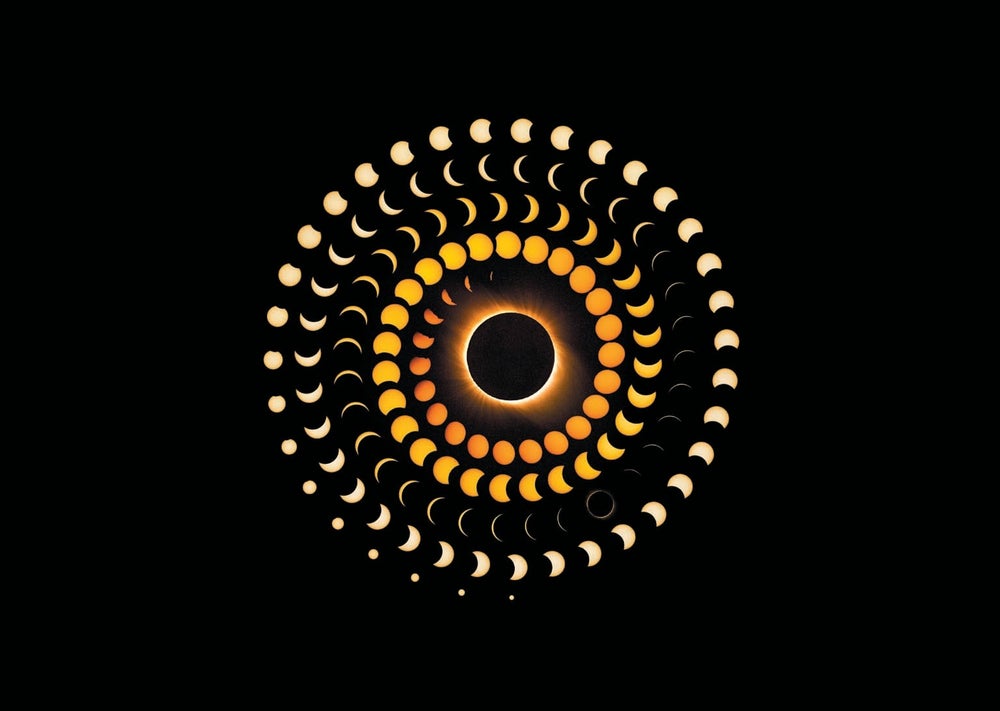
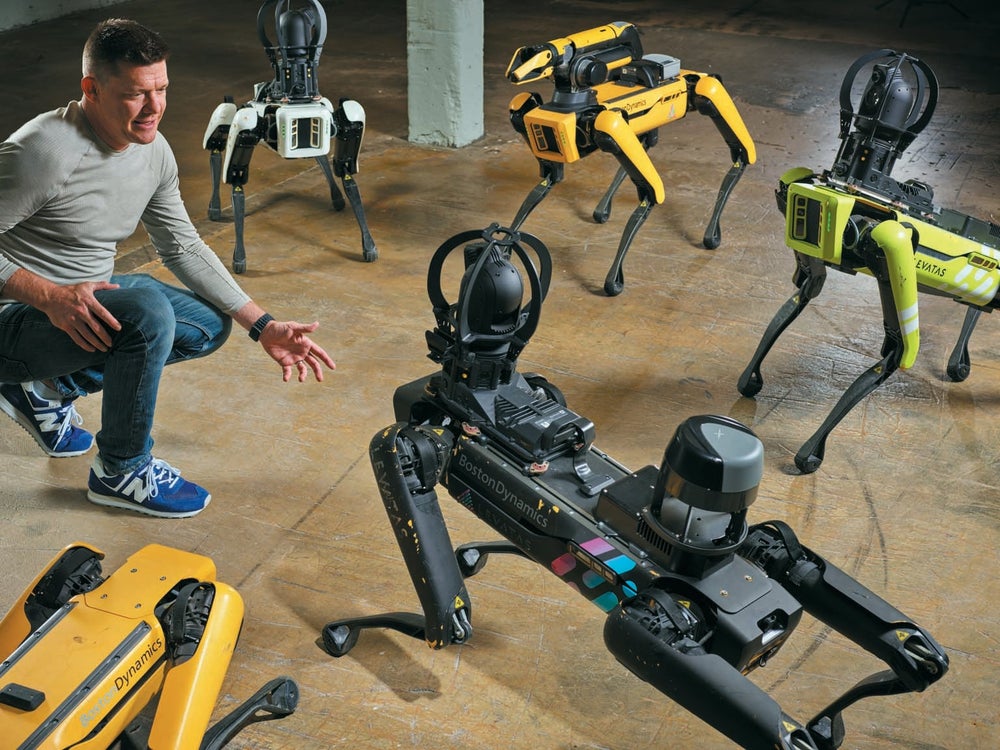
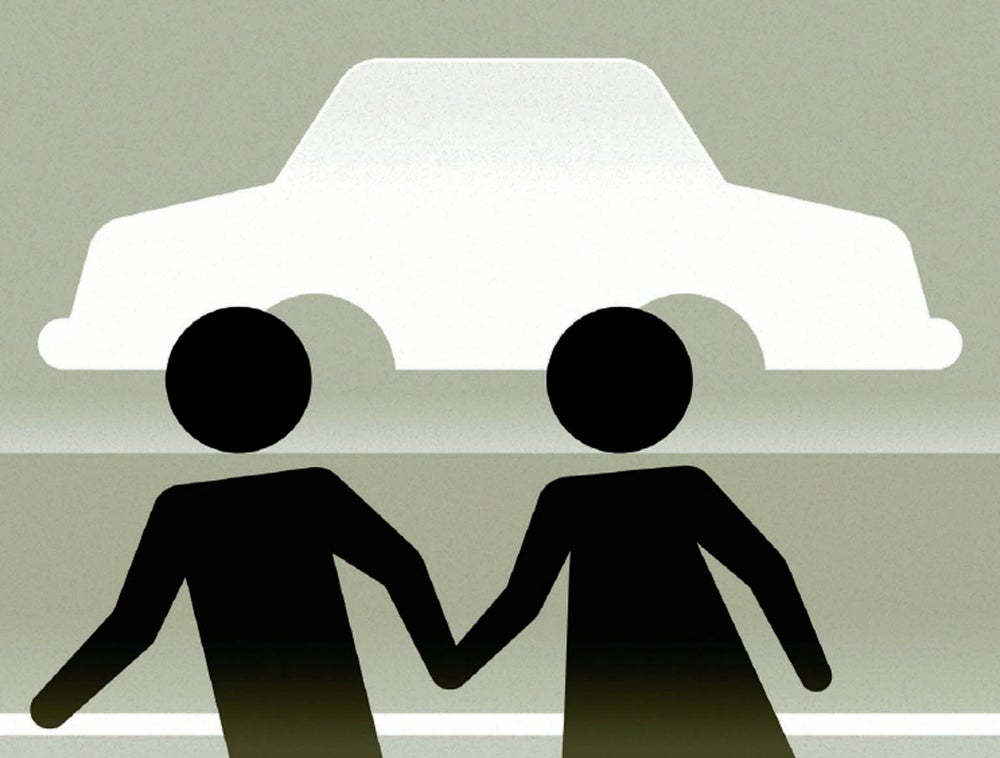
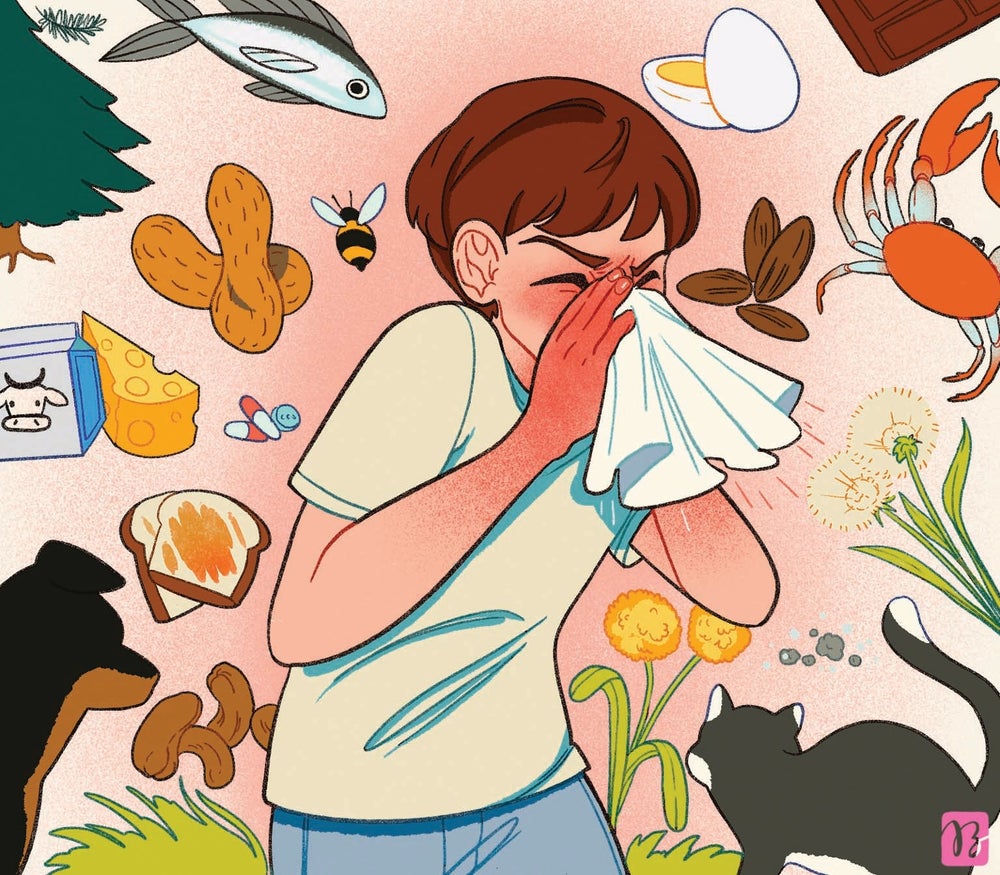
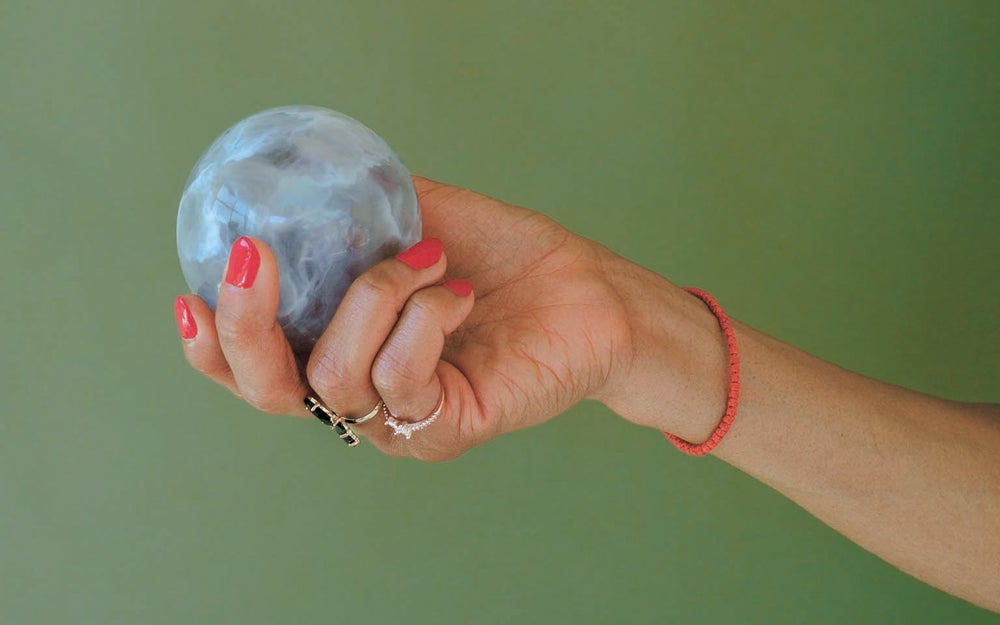
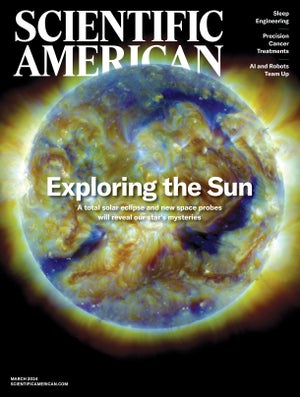
Comments
Post a Comment